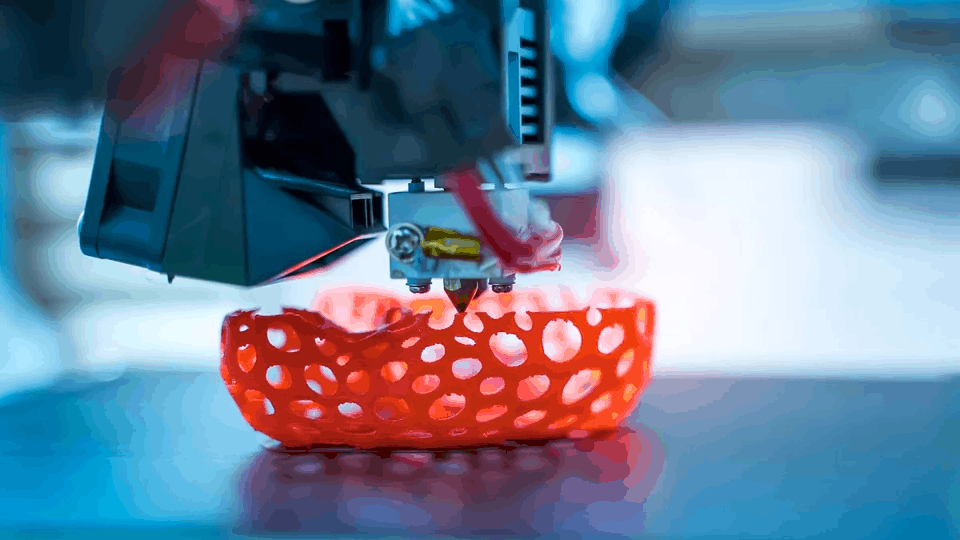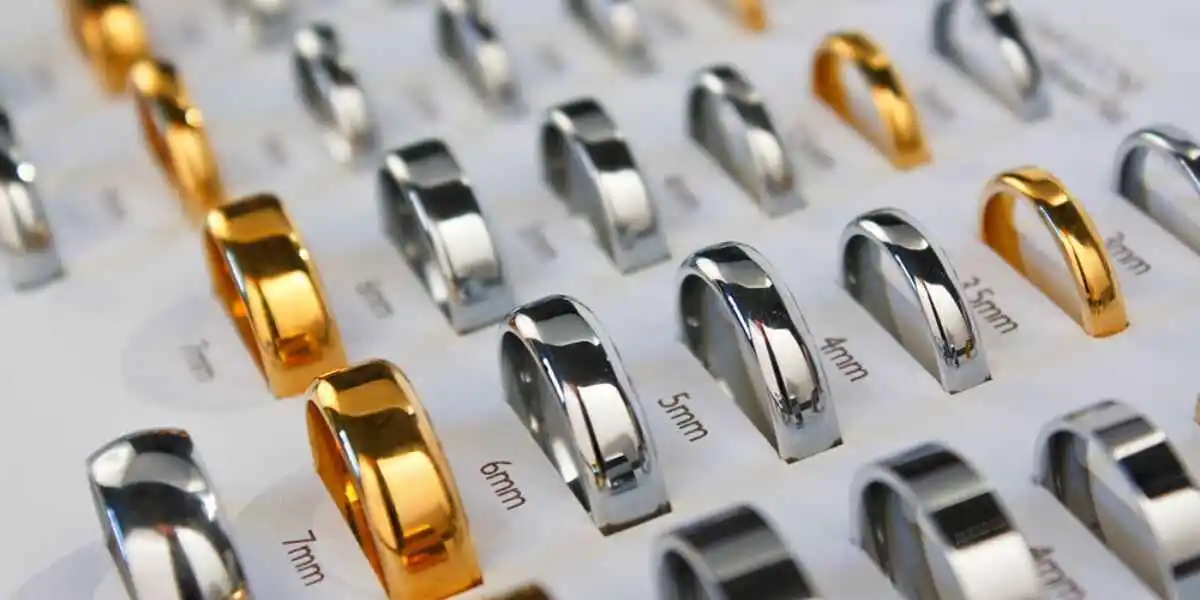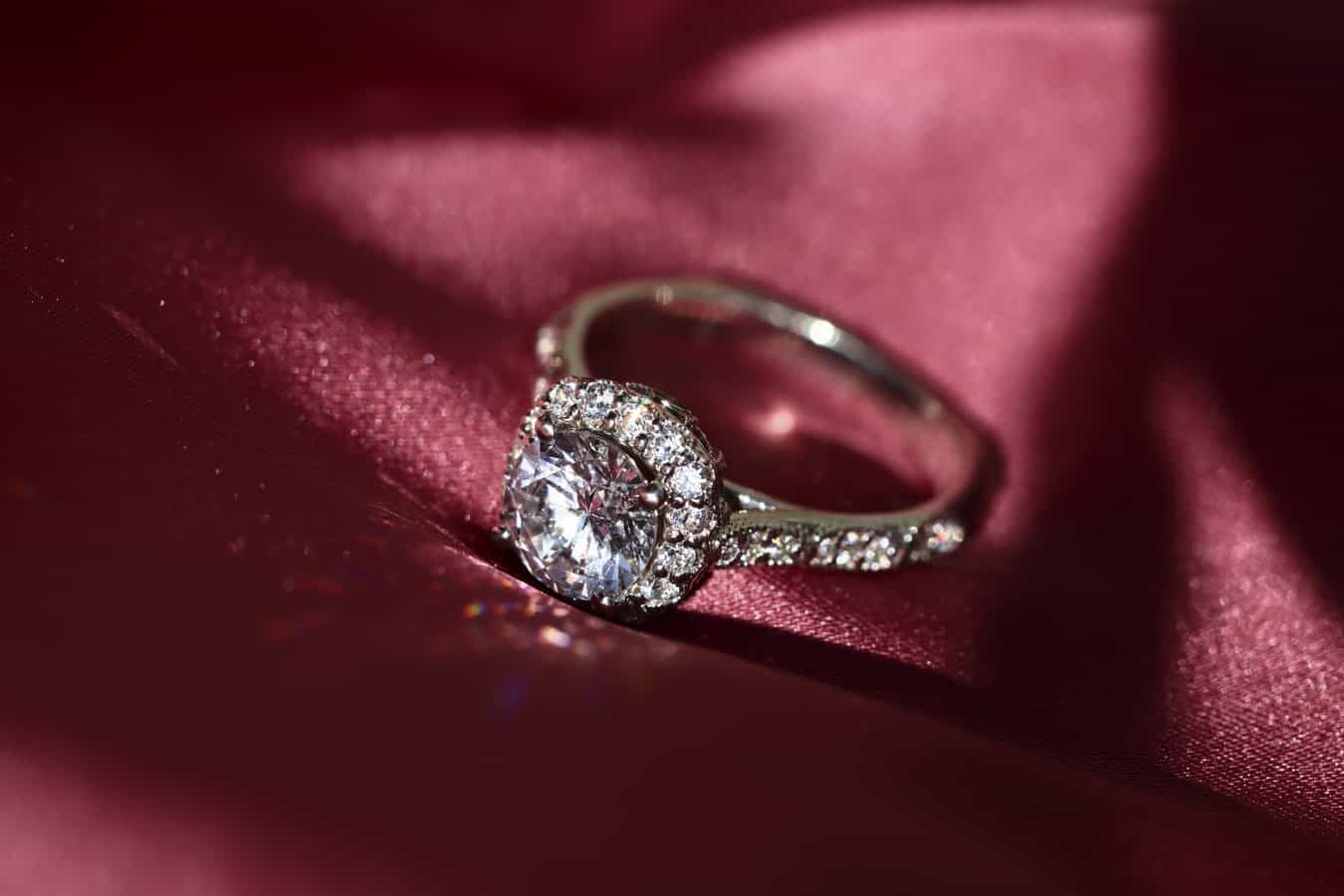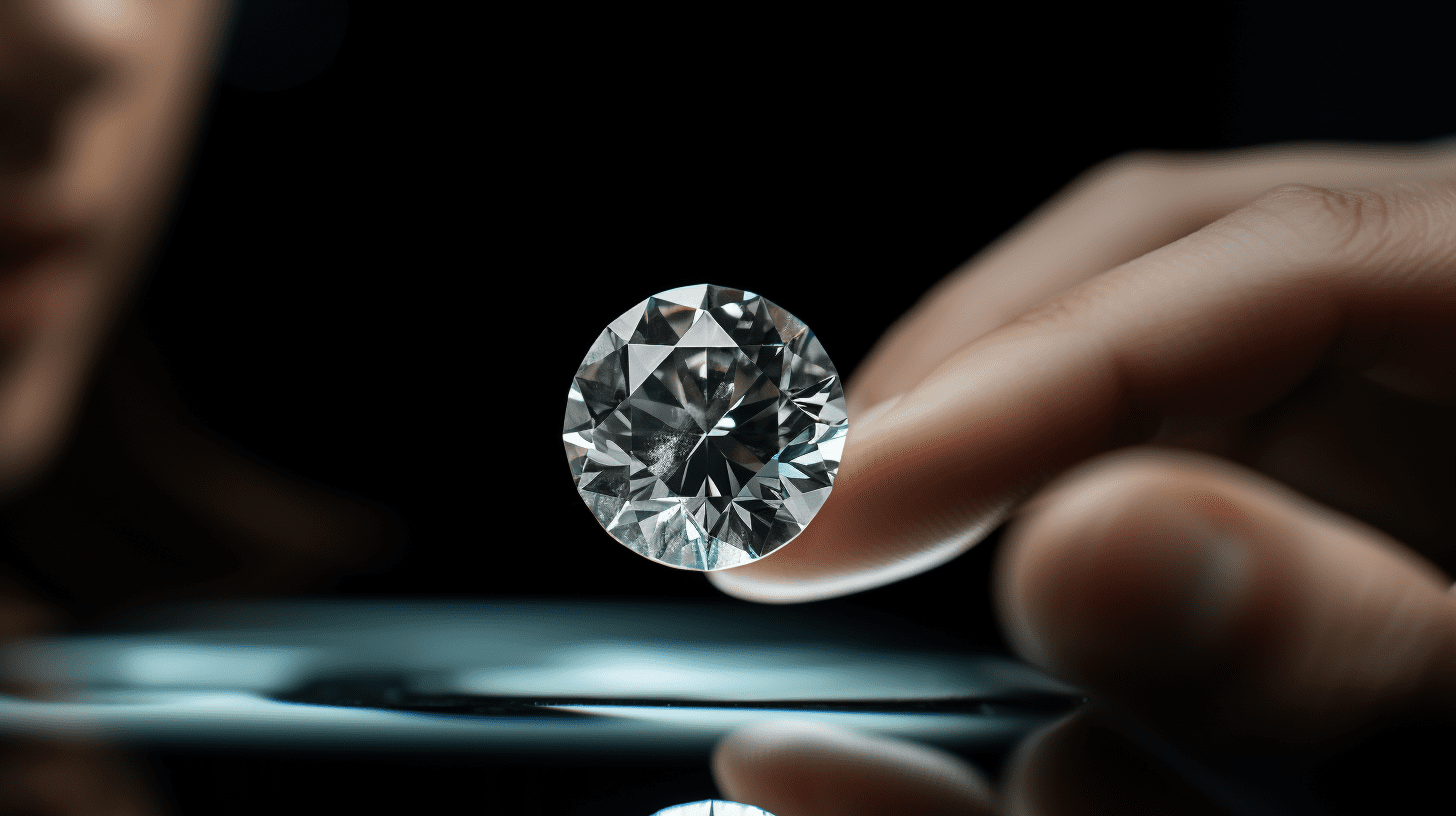In recent years, lab-grown diamonds have gained significant popularity, leading many to ask, “Are lab-grown diamonds better?” This question prompts a closer look at the advantages and disadvantages of these gems compared to their natural counterparts.
Understanding Lab-Grown Diamonds
Lab-grown diamonds, also known as synthetic or cultured diamonds, are created in controlled environments using advanced technological processes that replicate the natural conditions under which diamonds form. These are lab grown diamonds better, physically, and optically identical to natural diamonds.
The primary distinction lies in their origin. While natural diamonds take millions of years to form beneath the Earth’s surface, lab-grown diamonds can be produced in a matter of weeks. This rapid production raises questions about their value and desirability.
The Environmental Impact
One of the significant advantages of lab-grown diamonds is their environmental impact. Traditional diamond mining can be environmentally destructive, leading to habitat destruction and significant carbon emissions. In contrast, lab-grown diamonds typically require less energy and water, making them a more sustainable choice.
For consumers increasingly concerned about their ecological footprint, lab-grown diamonds present a more responsible option. This consideration is crucial for those who prioritize sustainability in their purchasing decisions.
Ethical Considerations
Another aspect where lab-grown diamonds shine is their ethical standing. The diamond mining industry has long been associated with human rights violations, including labor exploitation and financing conflicts in war-torn regions, commonly referred to as “blood diamonds.”
By choosing lab-grown diamonds, consumers can avoid contributing to these unethical practices. This ethical assurance is a significant selling point for many buyers, making lab-grown diamonds an attractive alternative.
Cost Comparison
When evaluating whether lab-grown diamonds are better, the cost is a crucial factor. Generally, lab-grown diamonds are significantly less expensive than their natural counterparts, often costing 20-40% less. This price difference allows consumers to purchase larger or higher-quality stones within their budgets.
For those looking for maximum value without compromising on quality, lab-grown diamonds can be an appealing option. This cost-effectiveness is particularly beneficial for engagement rings and other fine jewelry.
The Emotional Value
Despite the numerous benefits of lab-grown diamonds, some people argue that they lack the emotional value associated with natural diamonds. Many believe that the allure of a natural diamond lies in its history and the romantic notion of its geological journey.
For these consumers, the sentiment attached to a diamond is paramount, making natural man made diamonds a preferred choice. The emotional connection people have with diamonds cannot be underestimated, even in light of the advantages of lab-grown alternatives.
Market Trends and Perceptions
The perception of lab-grown diamonds has been evolving. While they were initially viewed with skepticism, growing awareness of their benefits has changed many consumers’ attitudes. Retailers now offer lab-grown diamonds alongside natural ones, giving buyers more choices.
However, some still perceive lab-grown diamonds as less valuable. This perception can affect resale values, as natural diamonds traditionally hold their worth better over time. Understanding market trends and consumer attitudes is vital for those considering either option.
Conclusion: Are Lab-Grown Diamonds Better?
So, are lab-grown diamonds better? The answer largely depends on individual preferences and values. For those prioritizing sustainability, ethical considerations, and cost, lab-grown diamonds are undoubtedly a superior choice. They offer a guilt-free option that aligns with modern values.
Conversely, for those who value the historical significance and emotional connection of natural diamonds, these gems remain unparalleled. Ultimately, the decision comes down to what resonates most with the individual buyer.
In summary, lab-grown diamonds present a compelling alternative to natural diamonds, especially in terms of environmental impact, ethical sourcing, and cost. However, the emotional and historical aspects of natural diamonds continue to attract many consumers. As the market evolves, the choice between lab-grown and natural diamonds will increasingly reflect personal values and priorities.











